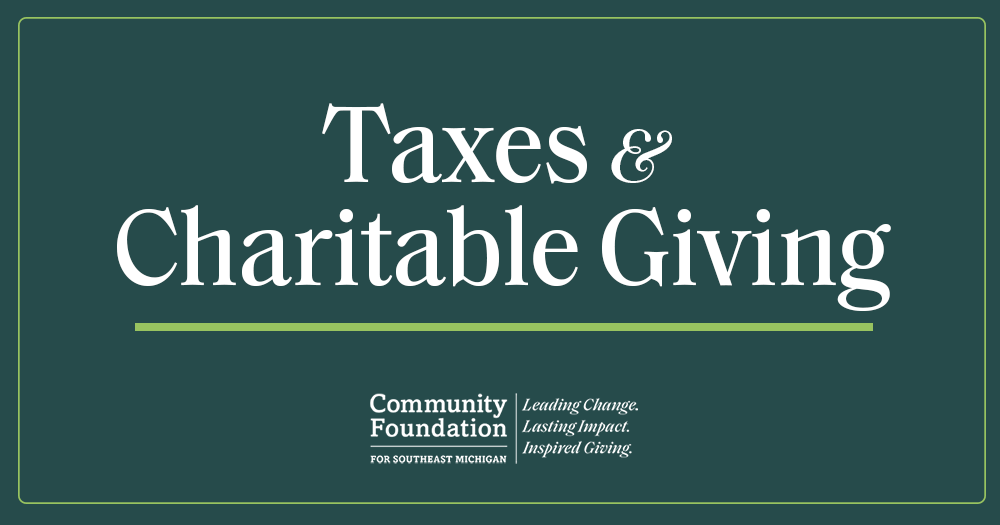Proposed SECURE Act 2.0 and Charitable Giving

Talking Charity with your Clients: SECURE Act 2.0 and Historical Context of the Charitable Deduction
Tax issues related to the charitable giving are hot topics these days as potential tax reforms are circulating in Congress. Included in the discussions is proposed SECURE Act 2.0 legislation or “Securing a Strong Retirement Act of 2022” (HB 2954) that passed the House of Representatives on March 29, 2022 in a bipartisan 414-5 vote, and is now pending in the Senate. Professional advisors are closely watching this legislation which is intended to build on the original SECURE Act passed in 2019.
The House version of the proposed SECURE Act 2.0 legislation enhances the Qualified Charitable Distribution (“QCD”) by annually indexing the $100,000 cap for inflation. In addition, proposed legislation would allow a taxpayer to make a one-time QCD of up to $50,000 to a charitable gift annuity or a charitable remainder trust. Your clients can satisfy both their philanthropic objectives and their required minimum distributions (“RMDs”) through a QCD. When a QCD is made, the charitable contribution made from the IRA is not included in the gross income of the IRA owner. The IRA owner does not have to itemize to utilize the QCD. The beginning age for RMDs now is 72 – both versions of SECURE Act 2.0 will gradually increase the age to 75 over a decade – but QCDs still can begin at 70½.
In addition to philanthropy-related tax proposals and the variety of pending budget items that could impact tax laws, the uptick in discussion about the charitable deduction in general might be catching your clients’ attention, especially now that there are 1.6 million 501(c)(3) organizations registered with the Internal Revenue Service, according to the Independent Sector. For example, a report updated last quarter by the Congressional Research Service, The Charitable Deduction for Individuals, is an excellent overview of the history, policy considerations, and fundamental concepts of the income tax deduction for contributions made to charities.
Notably, the Congressional Research Service’s report estimates annual forgone revenue via the charitable deduction at $52.4 billion for Fiscal Year 2020, down from an estimated $57 billion for Fiscal Year 2017, just prior to increases to the standard deduction under the Tax Cuts and Jobs Act (“TCJA”). The TCJA significantly reduced the number of taxpayers who itemize deductions, including deductions for charitable gifts. Indeed, for Fiscal Year 2022, over 80% of the total charitable deductions are projected to be associated with taxpayers who earn over $200,000. If you are interested in deeper reading, the Joint Committee on Taxation recently released a thorough report summarizing the federal tax treatment of charitable contributions in more detail.
As always, please reach out anytime. We are happy to share perspectives about potential tax law changes and their impact on ways your clients can structure charitable gifts accordingly.
